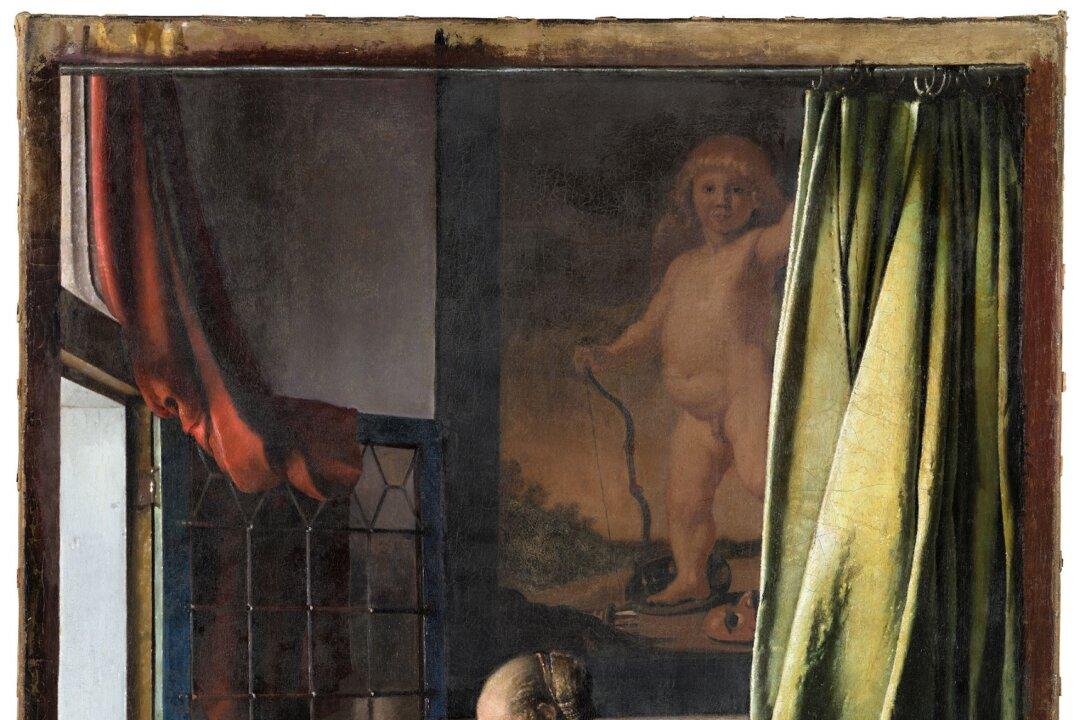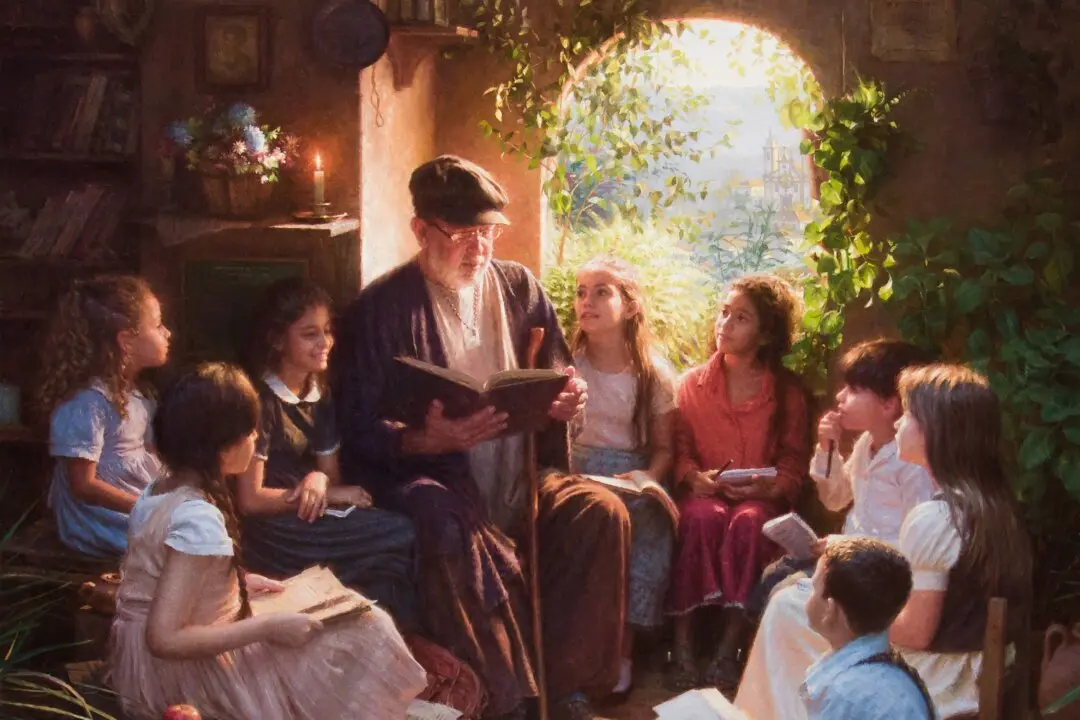Since 1742, visitors have delighted in seeing Johannes Vermeer’s “Girl Reading a Letter at an Open Window” at the Old Masters Picture Gallery in Dresden, Germany. But the scene is not the same as it was when the painting first left Vermeer’s studio around 1659.
In 1742, the elector of Saxony and king of Poland, Augustus III, bought 30 paintings from Prince Carignan in Paris, and the painting “Girl Reading a Letter at an Open Window“ was added as a complimentary gift to the king.






